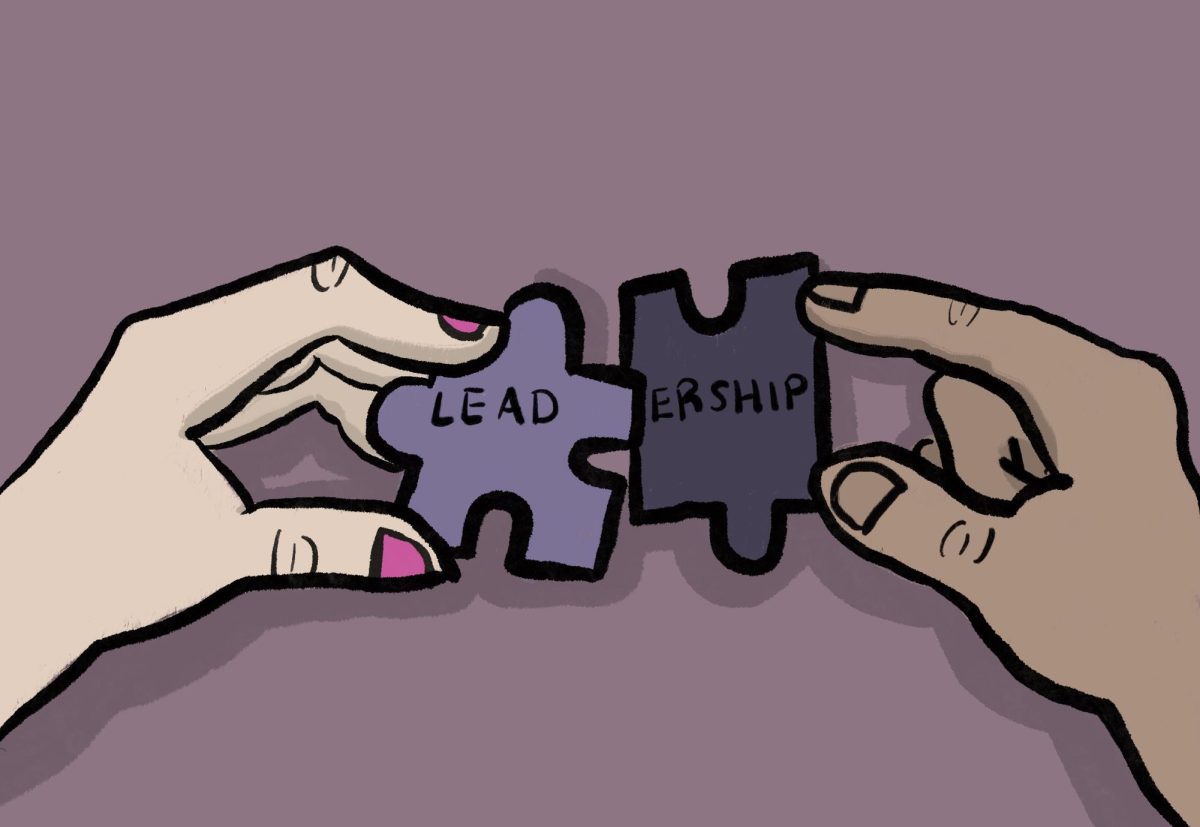63% of parents report that their 5 to 11-year-old children use a smartphone, according to a 2020 report.
Of teenagers from ages 13 to 17, the majority use TikTok (63%), Snapchat (60%) and Instagram (59%), according to a 2023 Pew Research survey.
Young people’s use of social media is skyrocketing — and it’s leading to a myriad of negative effects. One of these is the exacerbation of an already common issue among young women: dissatisfaction with body image.
According to the National Organization for Women, 53% of 13-year-old girls in America reported that they were unhappy with their bodies. At age 17, the number rises to 78%.
Visual social media platforms play a unique role in this issue, as they expose girls to unnatural body ideals starting at a young age. Their feeds are curated and edited, giving them a false sense of what is realistic to strive for.
Dr. Kerstin Blomquist is a professor of Psychology at Furman University, and teaches a First Year Writing seminar called “Social Media and Body Image.” She says issues lie in how visual social media apps perpetuate comparison to an ideal body type that is reinforced throughout all the content that one may see. As soon as they enter apps like Instagram and Tik Tok, users’ minds are flooded with unachievable standards that can make them feel as though beauty is impossible, which puts them at risk factor for low self-esteem, binge eating, lower physical activity and suicide.
Madeline Moye ‘26 got an Instagram account during her preteen years. “That was a really hard experience, to get on Instagram while my body’s changing. It’s like oh my gosh, there’s all these supermodels and these fake standards of beauty and people that are photoshopped and everything, but just being so young that you don’t know that yet,” Moye said.
These platforms have a large amount of control over the development of young women’s body images and attitudes toward beauty. Their algorithms continue to enforce standards of thinness under the guise of health, and we come to believe we should always look as good as supermodels do after they are posed, edited and airbrushed.
It will take more drastic structural and individual changes in order to truly address the mental health challenges caused by these apps.
First, we as individuals must assert control over our feeds as much as possible. Blomquist recommends that users engage in active self-awareness while scrolling and set goals for how much time they would actually want to spend on these apps.
“Noticing if they engage in appearance comparison, if they start comparing themselves to the images — and sometimes this is just automatic — and how that makes them feel,” Blomquist said.
Then, she suggests that they make decisions based on these feelings, such as unfollowing certain people or deleting a particularly harmful negative app.
Moye has found that using the “hide” feature on Instagram to stop showing unwanted content has helped her stop internalizing the beauty standards that are commonly circulated. In addition, she has sought out more body positive content creators to follow.
“Eventually my feed became very much all like positivity, anti-anxiety, that sort of thing,” Moye said. “The more you surround yourself with that, the better you’re going to be able to feel about yourself and the more it’s going to seep into your subconscious.”

For Moye, seeing posts that compare the posed version of someone’s body with the version where they are relaxed can be beneficial for correcting one’s internalized standards of beauty.
“Just sort of seeing — this is real life, and people don’t look perfect like supermodels all the time,” Moye said.
Beyond individuals changing the way they interact on social media, fully addressing the nationwide mental health epidemic due to social media requires larger restrictions.
The Social Media Addiction Reduction Technology (SMART) Act that was introduced to the Senate in 2022 would prevent social media platforms from allowing unlimited scroll on their feeds and implement default time limits. Another bill focuses on enforcing a minimum age for social media users, minimizing exposure that kids under the age of 16 would have to harmful content.
These changes may seem drastic compared to how we use our favorite social media apps now, but the statistics reveal that our free use is hurting us. Something must change.
We don’t have to be victims of the algorithm — it just requires intentionality to curate what we know to be the healthiest type of content for ourselves. And in the long run, Americans should consider legal restrictions on social media that would protect those that are most vulnerable to its dangers.




































